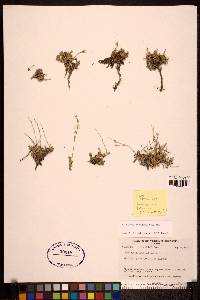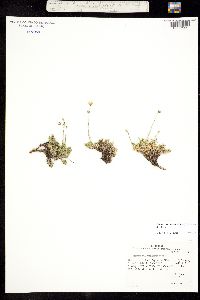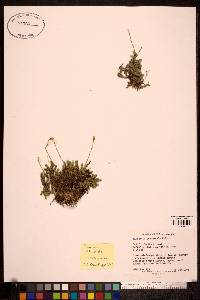
|
|
|
|
Family: Caryophyllaceae
Yukon Stitchwort
[Minuartia yukonensis Hultén] |
|
This project was made possible in part by the Institute of Museum and Library Services [MG-70-19-0057-19].
Powered by Symbiota









